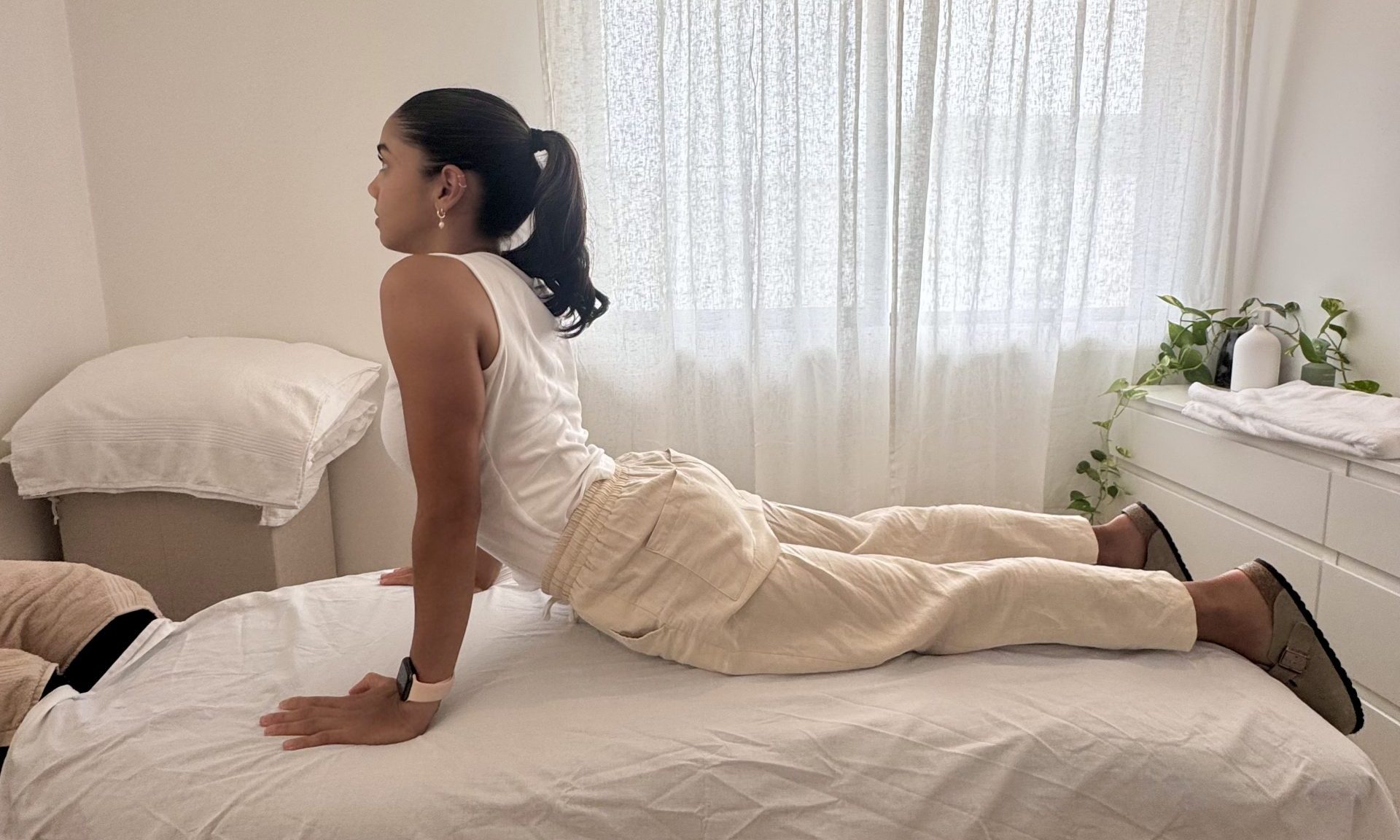The McKenzie Method of Mechanical Diagnosis and Therapy (MDT)

CATEGORY: MYOTHERAPY
THE MCKENZIE METHOD OF MECHANICAL DIAGNOSIS AND THERAPY (MDT)
What is The McKenzie Method of Mechanical Diagnosis and Therapy (MDT)?
The McKenzie Method of Mechanical Diagnosis and Therapy (MDT) is a comprehensive approach to diagnosing and treating musculoskeletal pain in the spine and the body’s extremities. Developed by New Zealand physiotherapist Robin McKenzie in the 1960s, this method has gained worldwide recognition over the last 65 years.
The McKenzie Method is rooted in the belief that many musculoskeletal disorders are mechanical in nature—meaning they are caused by the way the body moves, or doesn’t move. This method involves assessing, diagnosing, and treating pain through specific movements and postures. The idea is that by identifying certain movement patterns or postures that either exacerbate or relieve symptoms, clinicians can provide a tailored treatment plan to reduce pain and improve function.
MDT is not just about symptom management; it aims to identify the underlying mechanical cause of pain. This method is designed to empower patients by teaching them how to manage their pain independently, with movements of ease or movements that decrease pain and increase their movement.
What is Involved in the McKenzie Method?
The process of MDT is divided into three main stages: assessment, diagnosis, and treatment. Here’s a breakdown of what each stage involves:
Assessment and Diagnosis
In short, after the initial history taking, the clinician will guide the patient through a series of movements or postures, looking for patterns in how the body responds to different positions or movements. We want to find a movement that eases your pain. .
The McKenzie Method categorizes mechanical pain into three broad syndromes. Derangement Syndrome (The most common type of pain in MDT), Postural Syndrome and Dysfunction Syndrome.
Treatment
Treatment techniques often involve:
- Postural Correction: Re-aligning the body to reduce the stress placed on joints, muscles, and ligaments.
- Mechanical Movements: Specific movements that either compress or decompress spinal structures to address disc issues, muscle imbalances, or other sources of This may include extension exercises (bending backward), flexion exercises (bending forward), or lateral movements (side bending), depending on the diagnosis.
- Strengthening and Stabilization: Strengthening the muscles that support the spine and other joints to help prevent future pain episodes and promote long-term healing.
One of the core principles of MDT is that it empowers patients to perform exercises on their own, helping them take an active role in their recovery. This often leads to faster recovery times and more sustainable results.
Prevention and Maintenance
The McKenzie Method not only treats pain but also emphasizes preventing future issues. After treatment, patients are taught self-management strategies, including exercises and tips for maintaining proper posture and ergonomics in daily life. This proactive approach helps individuals manage their condition over time, reducing the risk of recurrence and improving overall mobility.
Benefits of The McKenzie Method
The McKenzie Method offers a number of advantages for those experiencing musculoskeletal pain:
- Non-invasive: MDT avoids the need for medication, injections, or surgery in many cases, focusing instead on movement-based treatment.
- Empowerment: Patients are taught to manage their pain independently, reducing dependency on healthcare providers and improving long-term outcomes.
- Individualized Treatment: MDT is highly tailored to each patient, as the approach is based on the individual’s specific symptoms, movements, and postures.
- Cost-effective: Since many patients can manage their condition at home with the right exercises, MDT can reduce the need for frequent visits to a healthcare provider, making it a cost-effective treatment.
- Long-term Relief: By addressing the root cause of the pain and teaching self-management techniques, MDT helps to reduce the likelihood of future pain episodes.
If you’re dealing with musculoskeletal pain, the McKenzie Method could be a valuable option for you. Consider consulting with Dwan at Alchemy in motion who is trained in MDT to explore whether this approach is suitable for your specific needs. She offers a 10 minutes complimentary consult if you would like to chat to her before booking in a consult.



Leave a Comments
You must be logged in to post a comment.